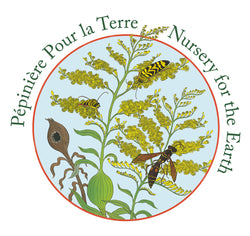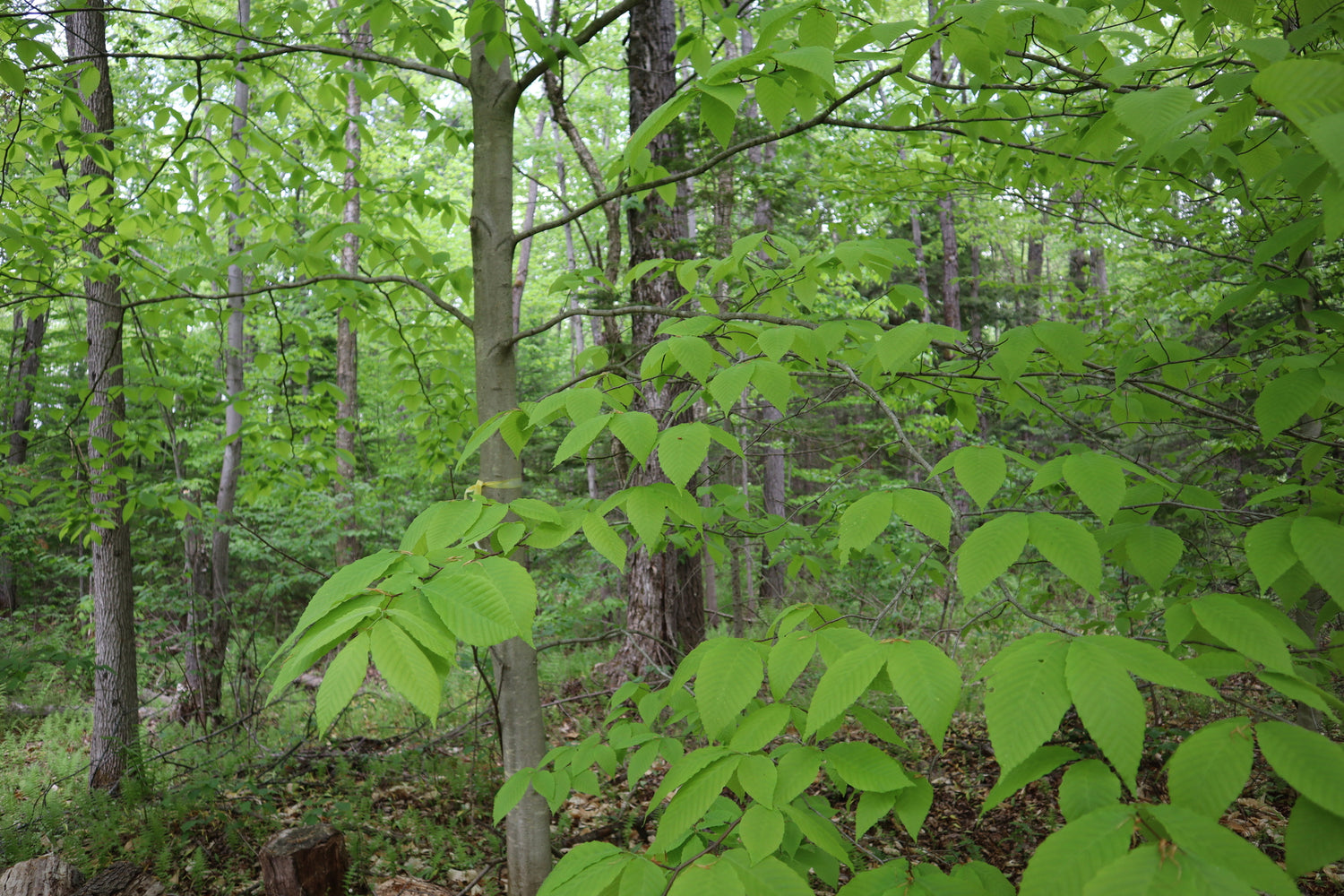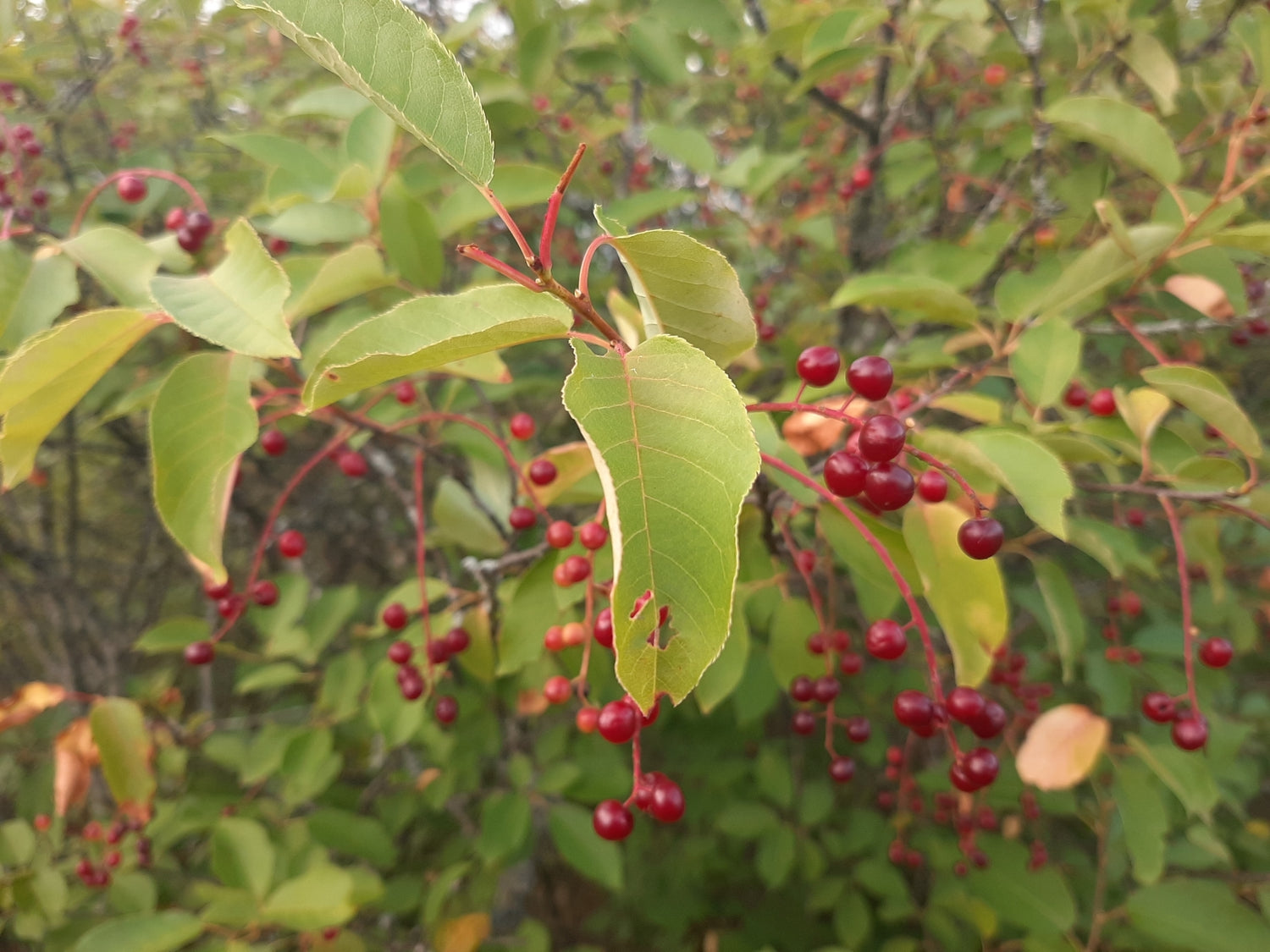Nursery for the Earth
Rudbeckia hirta (Fr: rudbeckie hérissée | En: black-eyed Susan)
Couldn't load pickup availability
Black-eyed Susan
Rudbeckia hirta var. pulcherrima
Alternative names: Hairy Coneflower
French: Rudbeckie hérissée, Marguerite jaune
Black-eyed Susan is a vibrant, easy-to-grow wildflower well known for its golden-yellow petals and dark central disc. Interestingly, in some naturally occurring populations—like those in the sandy meadows of our nursery—flowers may feature greenish or yellowish centres instead of the classic black.
Though often considered adventive in the Ottawa Valley (likely expanding from native populations in Southern Ontario, Vermont, and New York), it has become naturalized in many meadows and woodland edges. Regardless of its origin, it provides excellent support for native pollinators, including bees, butterflies, and beneficial insects.
Rudbeckia hirta is a short-lived perennial (sometimes behaving as a biennial or annual), but in cultivation—such as at our nursery—some mother plants have thrived for over five years. It is tolerant of disturbed soils, drought-resistant, and highly recommended for urban gardens, roadsides, and naturalized areas.
Height: ~0.5 m
Bloom time: June to September
Light: Full sun to part shade
Moisture: Dry to medium
Soil: Various; well-drained preferred
Habitat: Meadows, forest edges, disturbed sites
Ecological benefits: Supports native pollinators, drought-tolerant
Edible: Not edible
Share











